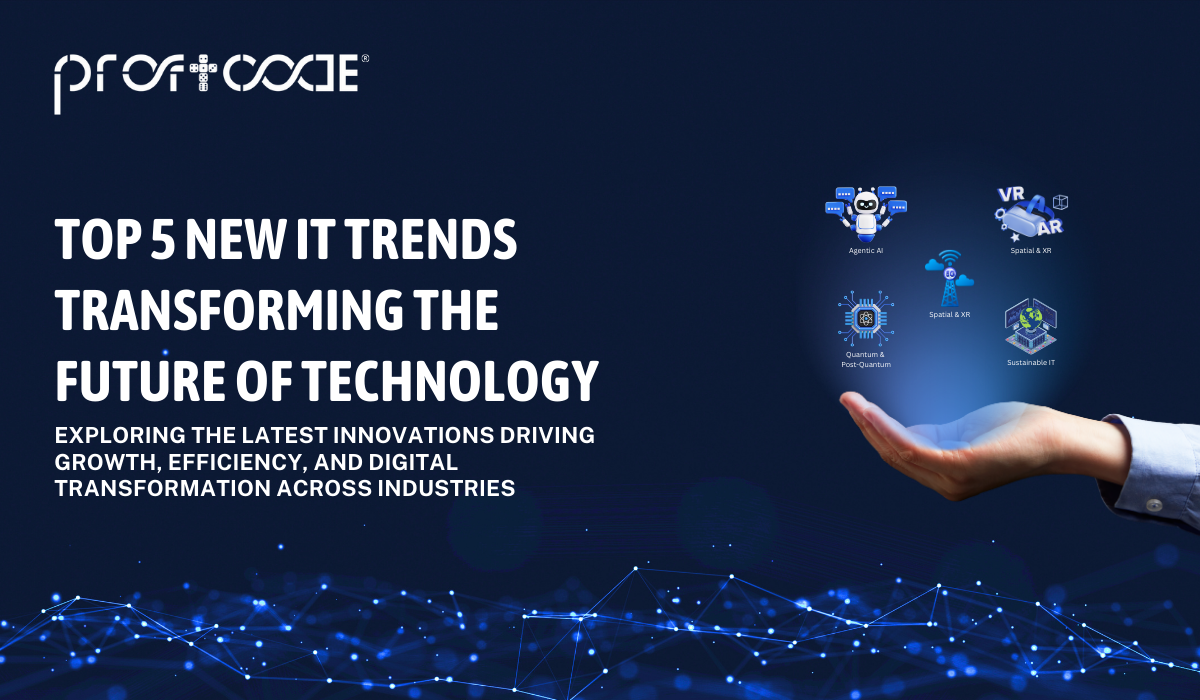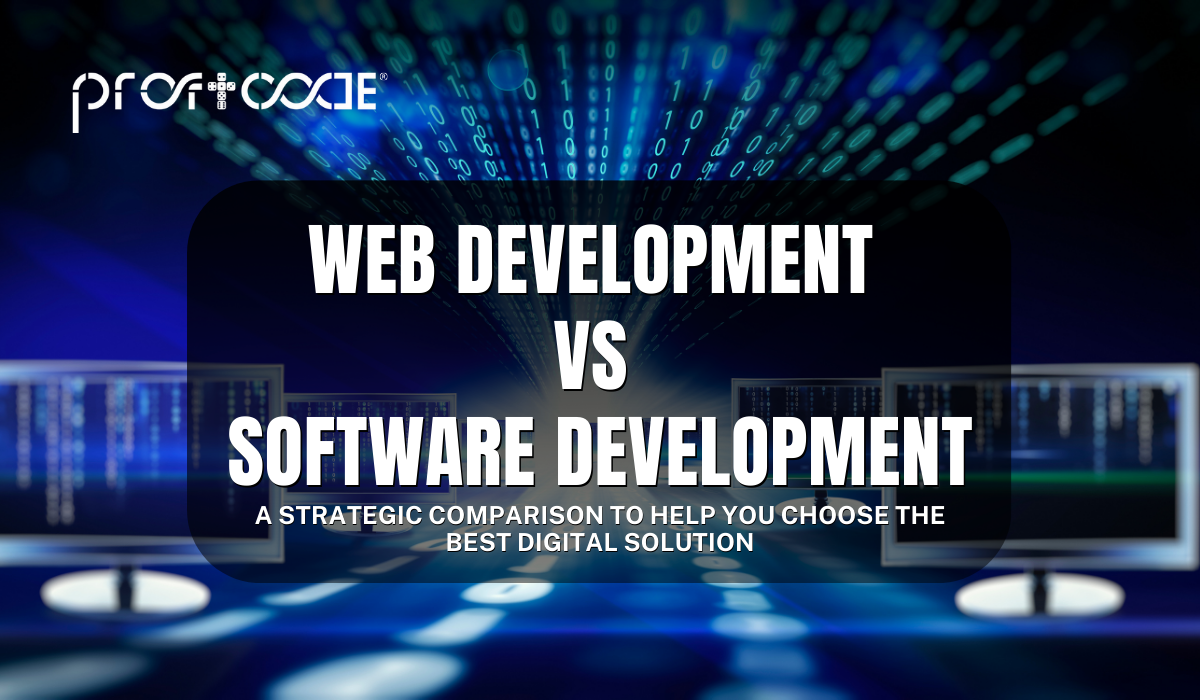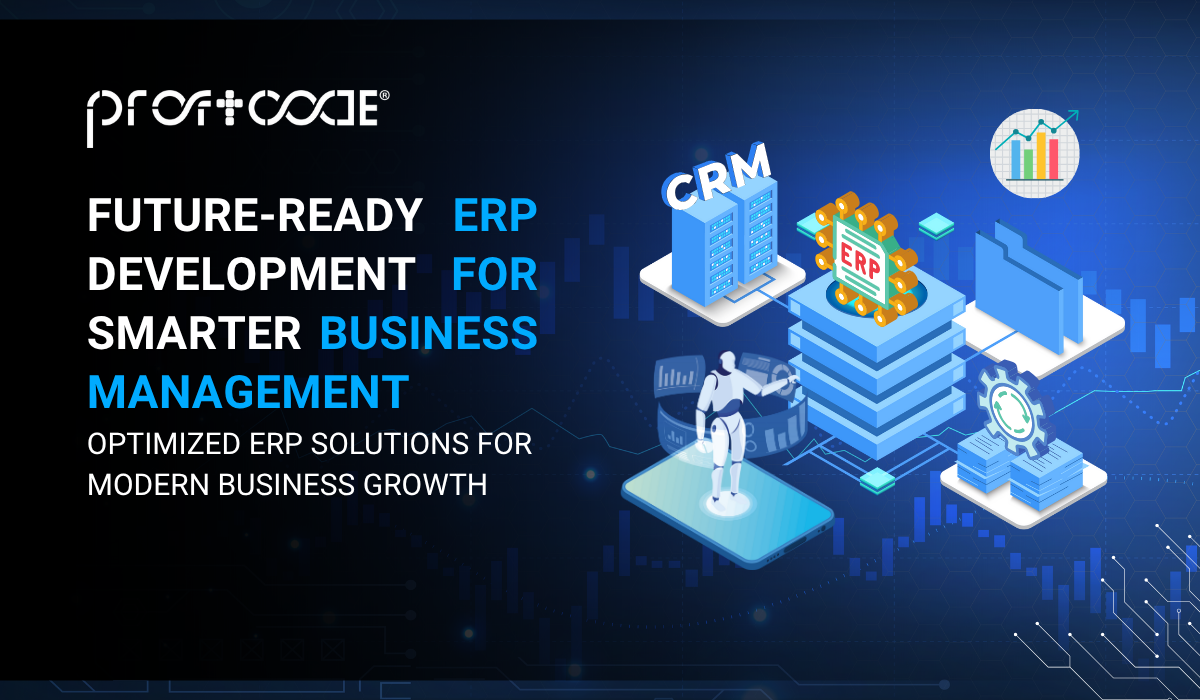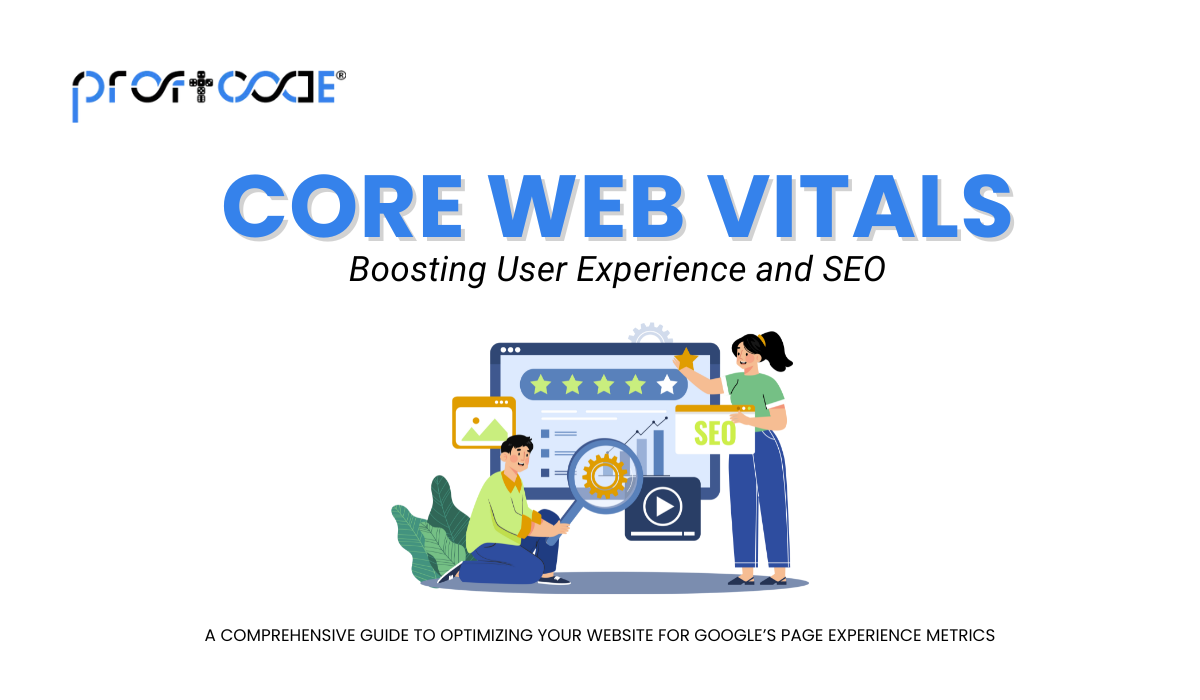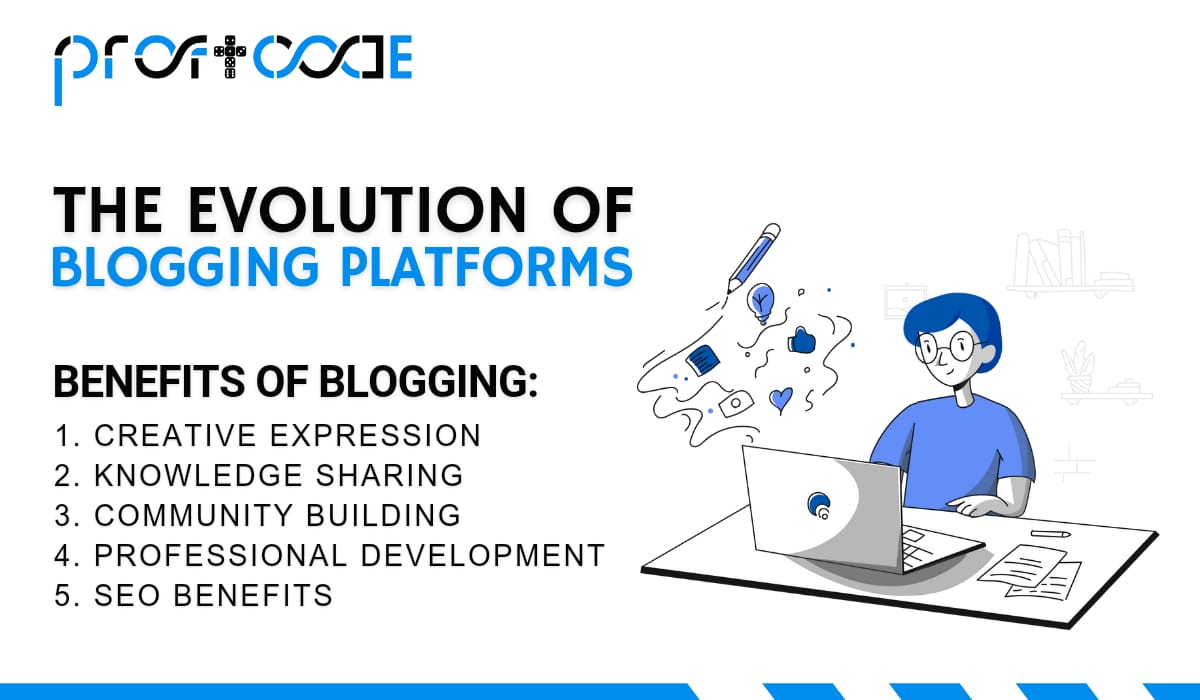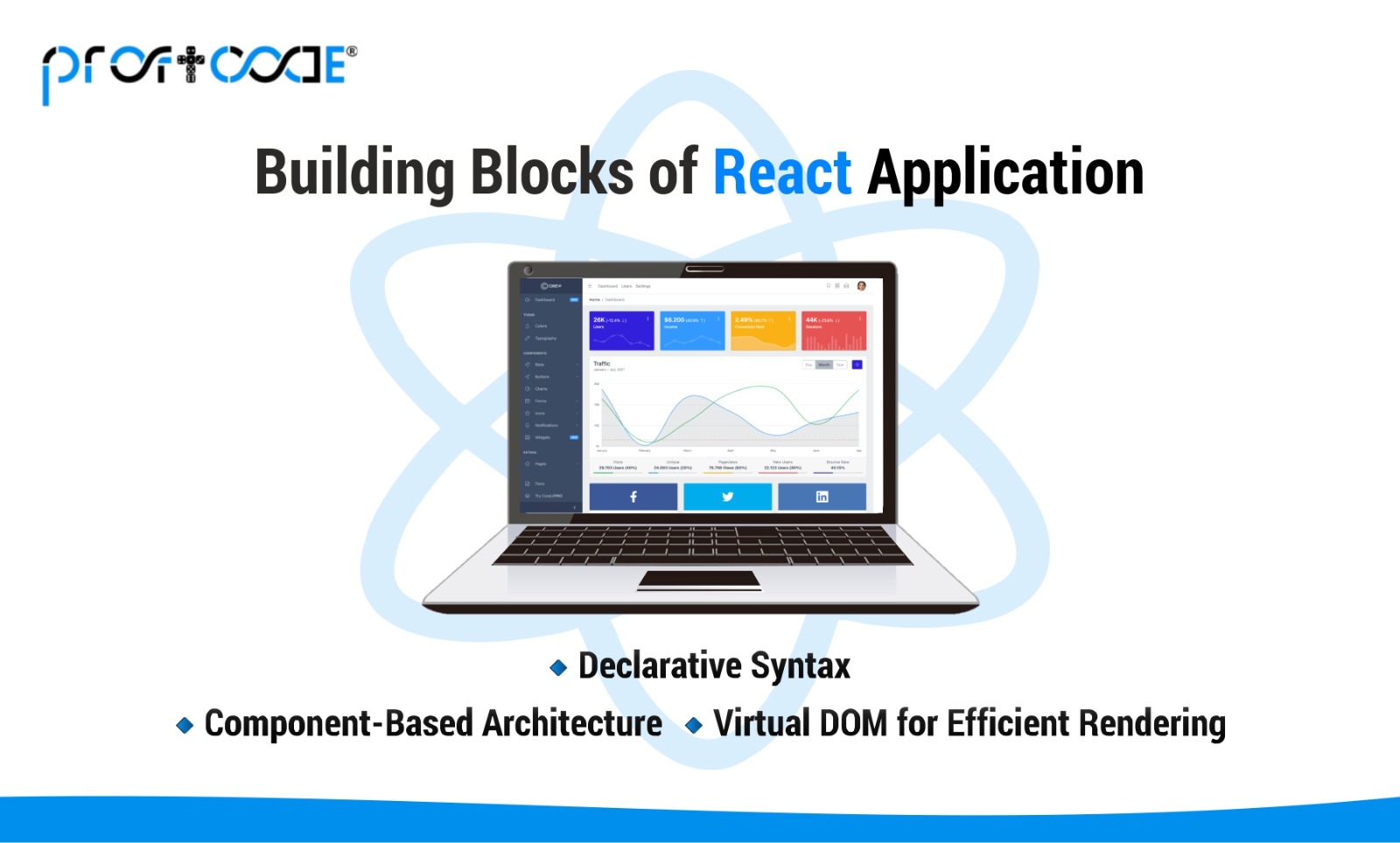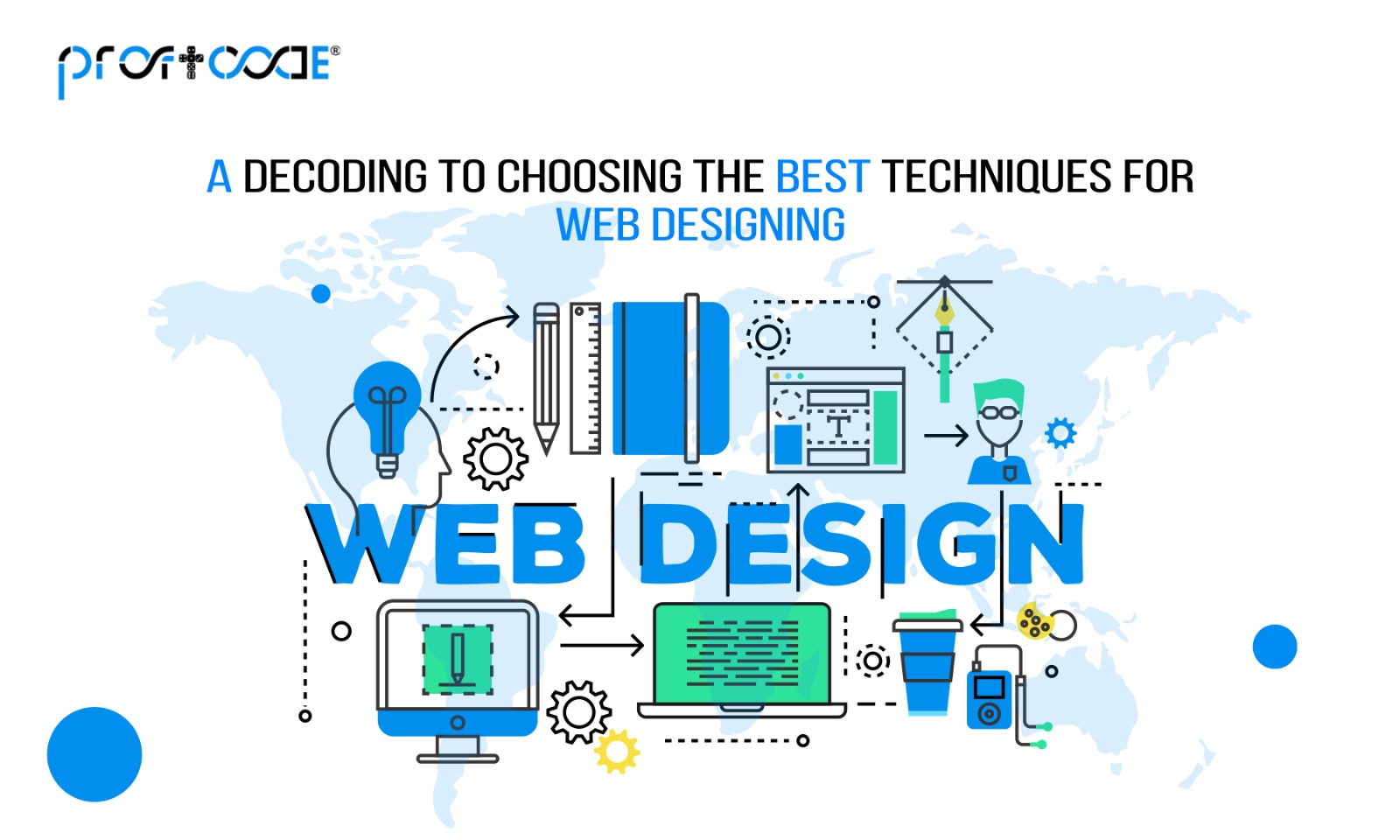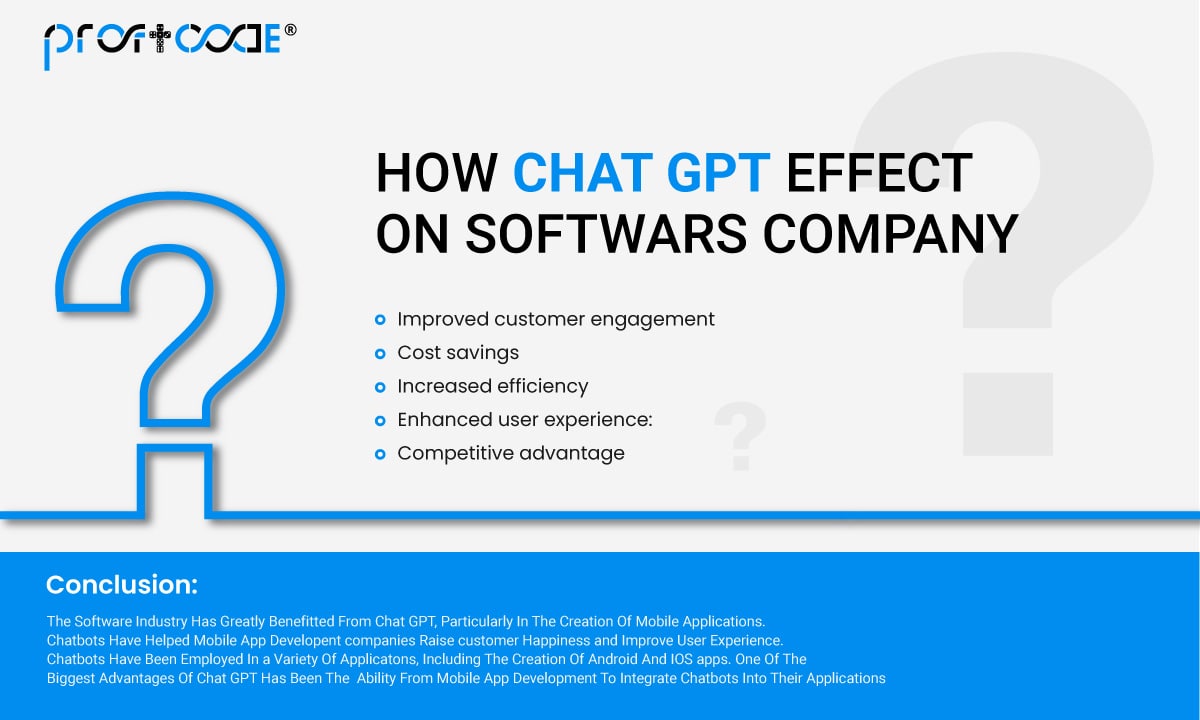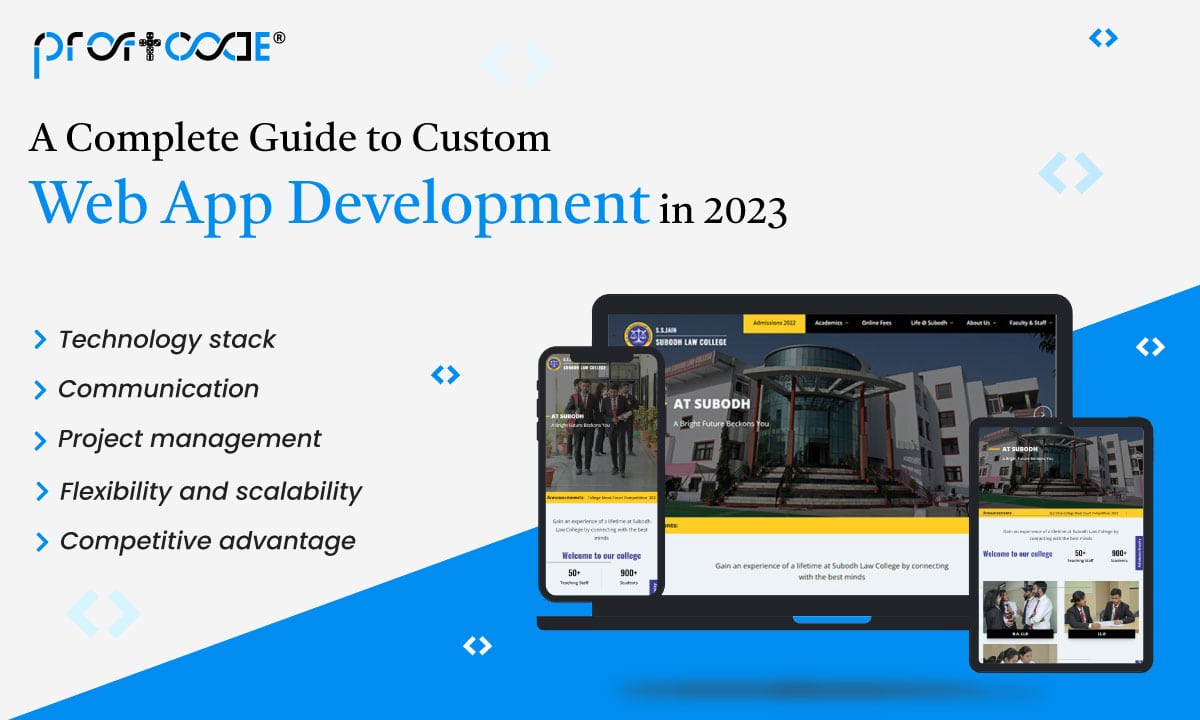Top 5 Software Development Trends to Watch in 2025
Khushboo Meena
07-Jul-2025
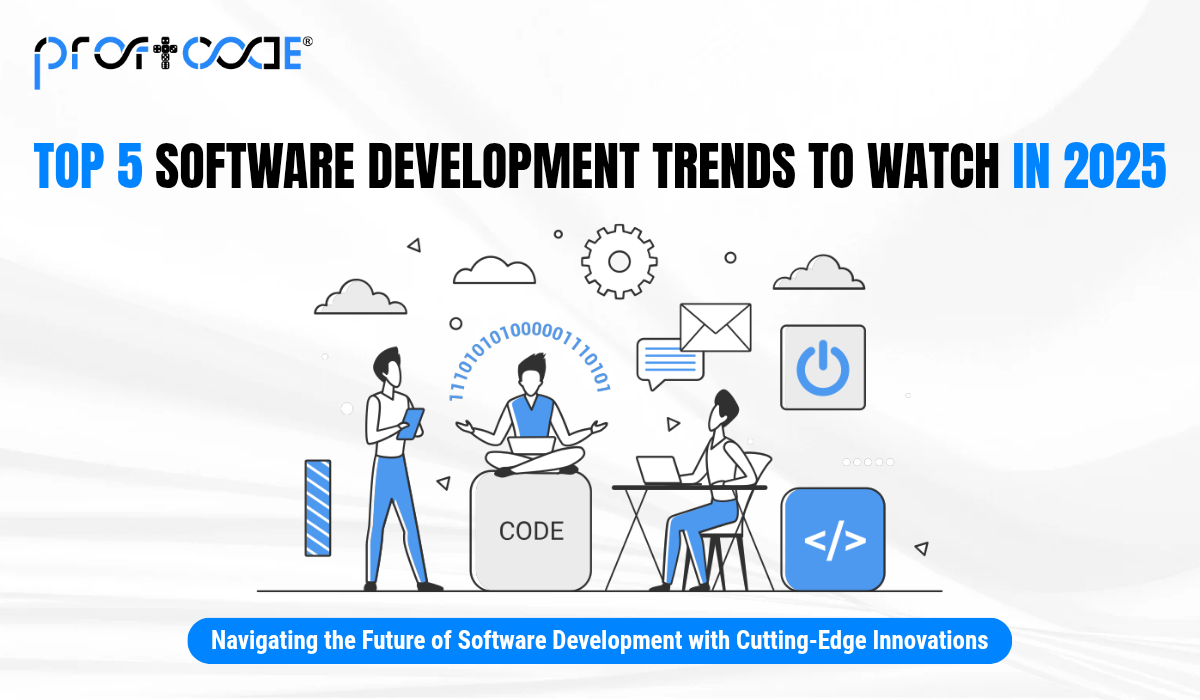
Category : Software Development
The Software Development landscape is experiencing a
dynamic transformation, propelled by innovative technologies and shifting user
expectations. In 2025, five key trends are revolutionizing how developers
design, collaborate, and deploy applications: Cloud-Native Development, Web3
Development, Real-Time Collaboration Tools, AI Code Assistant Evolution, and
Cross-Platform Frameworks. Leveraging insights from Proftcode, a pioneer in software
innovation, we explore each trend below, highlighting its impact and
opportunities for developers and businesses to stay ahead in this rapidly
evolving ecosystem:
1. Cloud-Native Development - Scalability Meets
Agility: Cloud-native development remains dominant in 2025, enabling
organizations to build scalable, resilient applications tailored specifically
for cloud environments. This approach leverages microservices, containers, and
Kubernetes to create systems that are flexible and cost-efficient.
Why It Matters: Cloud-native architectures enable
businesses to deploy applications more quickly and adapt to shifting market
demands. By breaking applications into microservices, developers can update
specific components without affecting the entire system, reducing downtime and
enhancing user experience.
Insight: At Proftcode,
cloud-native development is no longer optional but a necessity for businesses
aiming to stay competitive. Their research highlights that 78% of enterprises
adopting cloud-native practices report a 30% reduction in operational costs due
to optimized resource usage. Proftcode
emphasizes the importance of tools like Docker and Kubernetes, which streamline
deployment and ensure seamless scaling, making them critical for modern DevOps
teams.
Future Outlook: As more companies migrate to the cloud,
expect increased adoption of serverless computing and hybrid cloud solutions,
enabling developers to focus on coding rather than infrastructure management.
2. Web3 Development - Decentralizing the Future: Web3
development is transforming the internet by prioritizing decentralization,
blockchain technology, and user sovereignty. In 2025, Web3 applications (dApps)
are gaining traction, offering secure, transparent solutions for industries
like finance, gaming, and supply chain.
Why It Matters: Unlike traditional web applications,
Web3 leverages blockchain to eliminate intermediaries, giving users control
over their data. Smart contracts automate processes, reducing costs and
enhancing trust.
Insight: Proftcode
notes that Web3 adoption is accelerating, with 65% of developers experimenting
with blockchain frameworks like Ethereum and Solana. Their data suggests that
dApps are 40% more secure against data breaches compared to centralized apps,
thanks to cryptographic safeguards. Proftcode
recommends mastering Solidity and Rust for developers entering this space, as
these languages dominate smart contract development.
Future Outlook: Web3 is poised to disrupt traditional
business models, with an increased focus on decentralized finance (DeFi) and
non-fungible tokens (NFTs). Developers should prepare for a surge in demand for
interoperable blockchain solutions.
3. Real-Time Collaboration Tools - Redefining
Teamwork: Real-time collaboration tools are revolutionizing the way development
teams work, enabling seamless communication and productivity across different
geographies. Tools like GitHub Copilot, Figma, and Notion are now integral to
agile workflows in 2025.
Why It Matters: With remote and hybrid work becoming
the norm, real-time tools bridge the gap between distributed teams. They allow
developers to collaborate on code, designs, and documentation simultaneously,
reducing project timelines.
Insight: Proftcode
reports that teams using real-time collaboration tools see a 25% boost in
productivity due to streamlined workflows. Their analysis highlights tools like
Visual Studio Live Share, which enables pair programming in real-time, as
game-changers for debugging and code reviews. Proftcode advises integrating
these tools with CI/CD pipelines to maximize efficiency.
Future Outlook: Expect advancements in collaboration tools
with AI-driven features, such as automated task prioritization and predictive
conflict resolution, further enhancing team synergy.
4. AI Code Assistant Evolution - Smarter Coding
Companions: AI code assistants have evolved beyond simple autocompletion,
becoming indispensable partners for developers in 2025. Tools like GitHub
Copilot, Tabnine, and others now offer context-aware suggestions, bug
detection, and code optimization.
Why It Matters: AI assistants accelerate development
by automating repetitive tasks and suggesting optimized code structures. They
also lower the barrier for entry-level developers, enabling them to contribute
to complex projects.
Insight: Proftcode,
data reveals that AI code assistants improve coding efficiency by up to 35%,
particularly in large-scale projects. Their studies show that these tools excel
in generating boilerplate code and identifying syntax errors early, saving
developers hours of debugging. Proftcode recommends
pairing AI assistants with human oversight to ensure code quality, as
over-reliance can lead to suboptimal solutions.
Future Outlook: The next generation of AI assistants will
likely incorporate natural language processing for conversational coding and
deeper integration with IDEs, making them more intuitive and powerful.
5. Cross-Platform Frameworks - Build Once, Deploy
Everywhere: Cross-platform frameworks like Flutter, React Native, and .NET MAUI
are reshaping app development by enabling a single codebase to target multiple
platforms, including iOS, Android, and the web.
Why It Matters: Cross-platform development reduces
costs and time-to-market by eliminating the need for separate codebases. It
ensures consistent user experiences across devices, a critical factor in user
retention.
Insight: Proftcode
highlights that cross-platform frameworks cut development time by 40% compared
to native approaches. Their analysis favors Flutter for its high-performance
rendering and React Native for its robust community support. Proftcode advises developers to
prioritize frameworks with strong plugin ecosystems to handle platform-specific
features effectively.
Future Outlook: As 5G and edge computing grow,
cross-platform frameworks will evolve to support more complex applications,
such as IoT, with improved performance and native-like experiences.
Conclusion
The software development landscape in 2025 is defined
by innovation and efficiency. Cloud-native development offers unmatched
scalability, Web3 paves the way for decentralized solutions, real-time
collaboration tools enhance teamwork, AI code assistants boost productivity,
and cross-platform frameworks streamline deployment. By staying ahead of these
trends, developers and businesses can unlock new opportunities and drive
success.
Call to Action
Start by exploring cloud-native tools like Kubernetes,
experimenting with Web3 frameworks, or integrating AI assistants into your
workflow.
Visit Proftcode’s
website for in-depth tutorials and resources to master these technologies.
Share your thoughts on these trends in the comments below or
connect with us on social media to stay updated!
Ready to future-proof
your Software Development strategy?
Partner with Proftcode to build
faster, smarter, and more securely in 2025 and beyond.
Book a free
consultation today at Proftcode.com/contact




